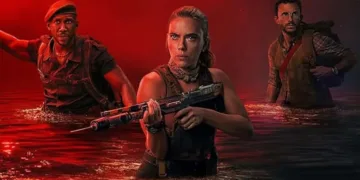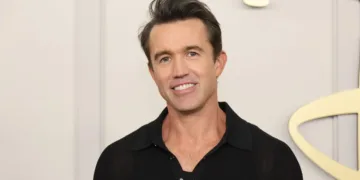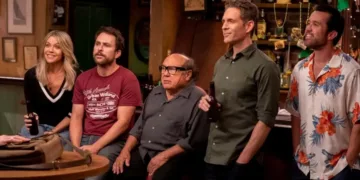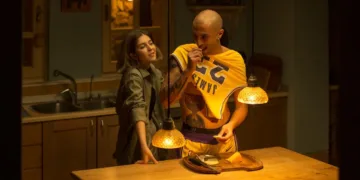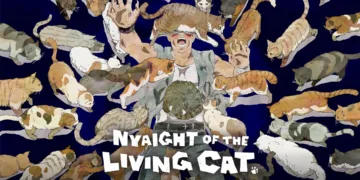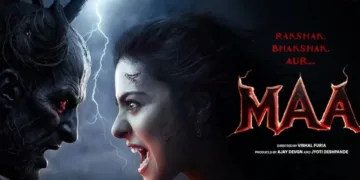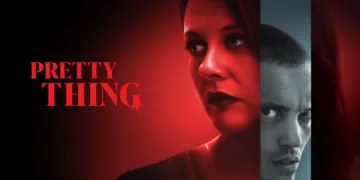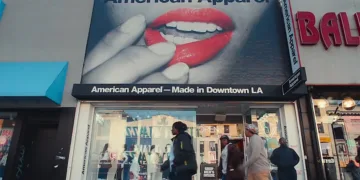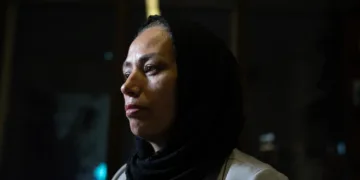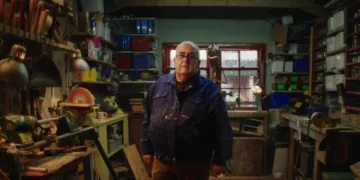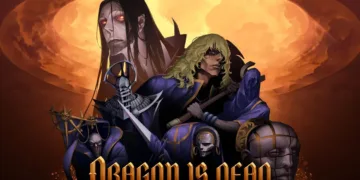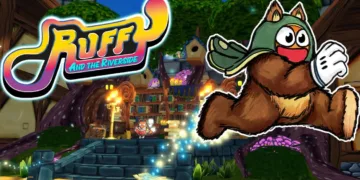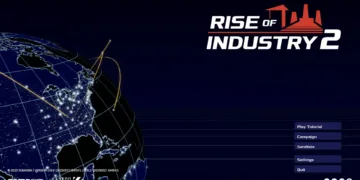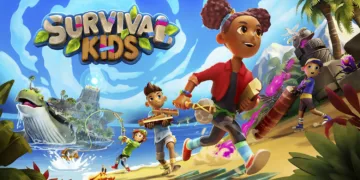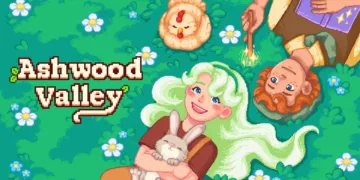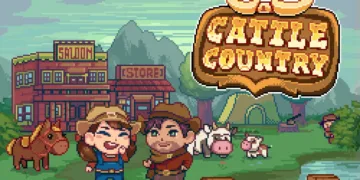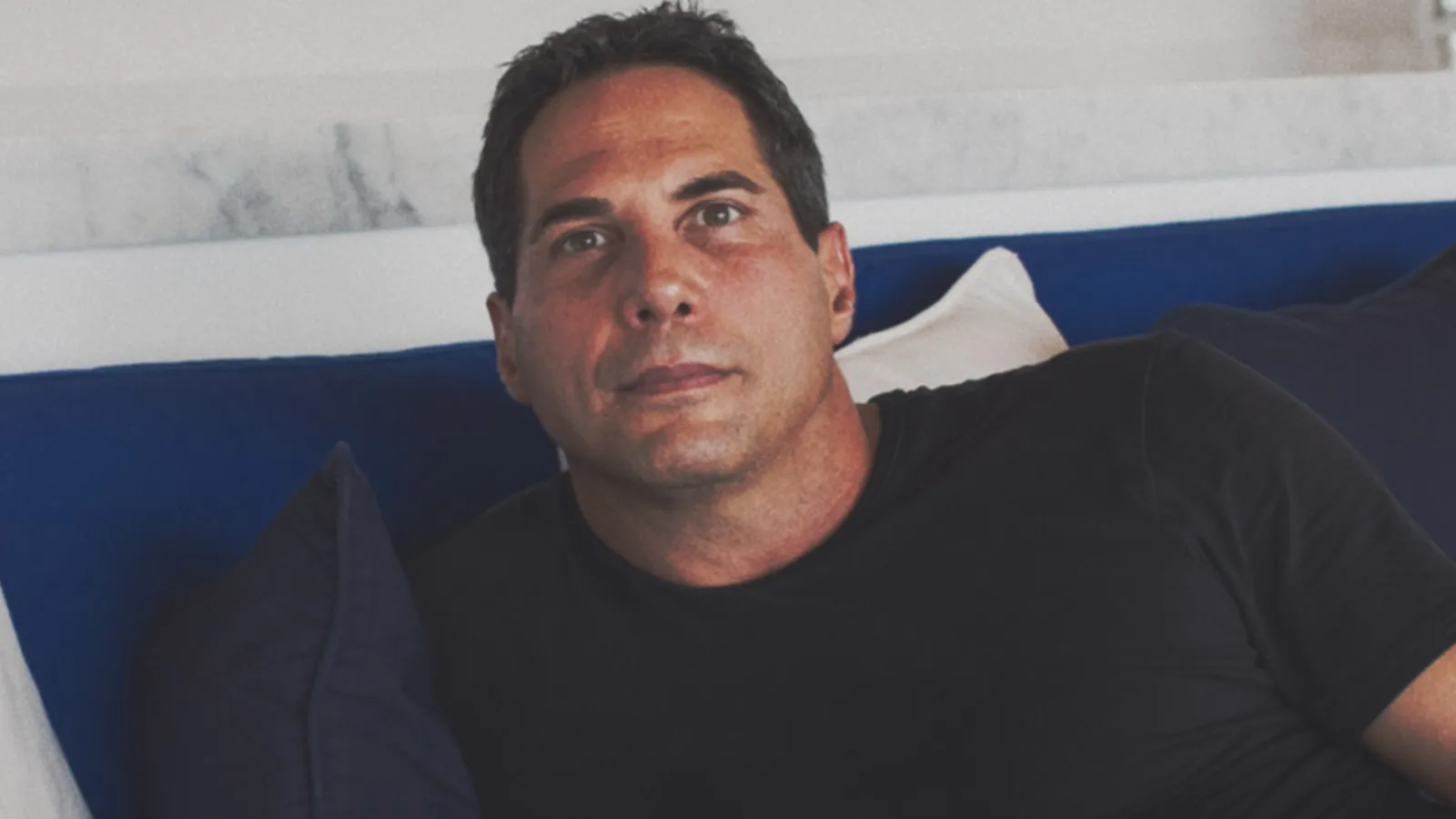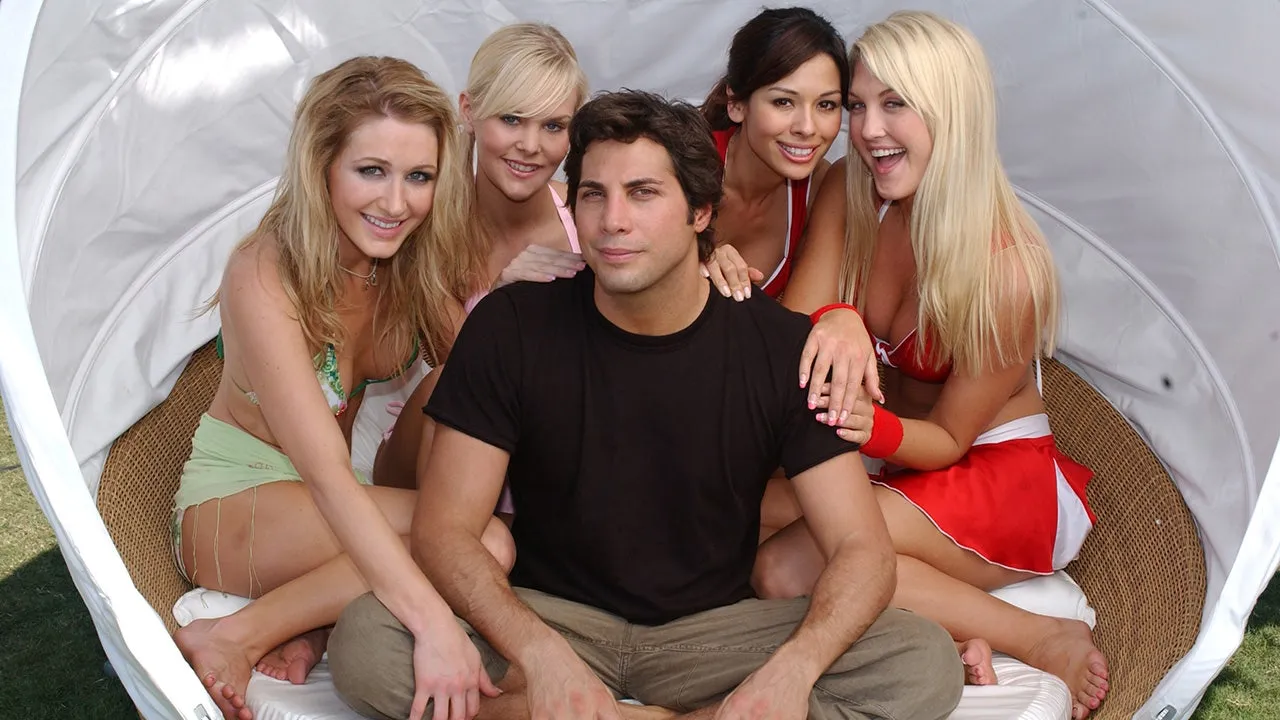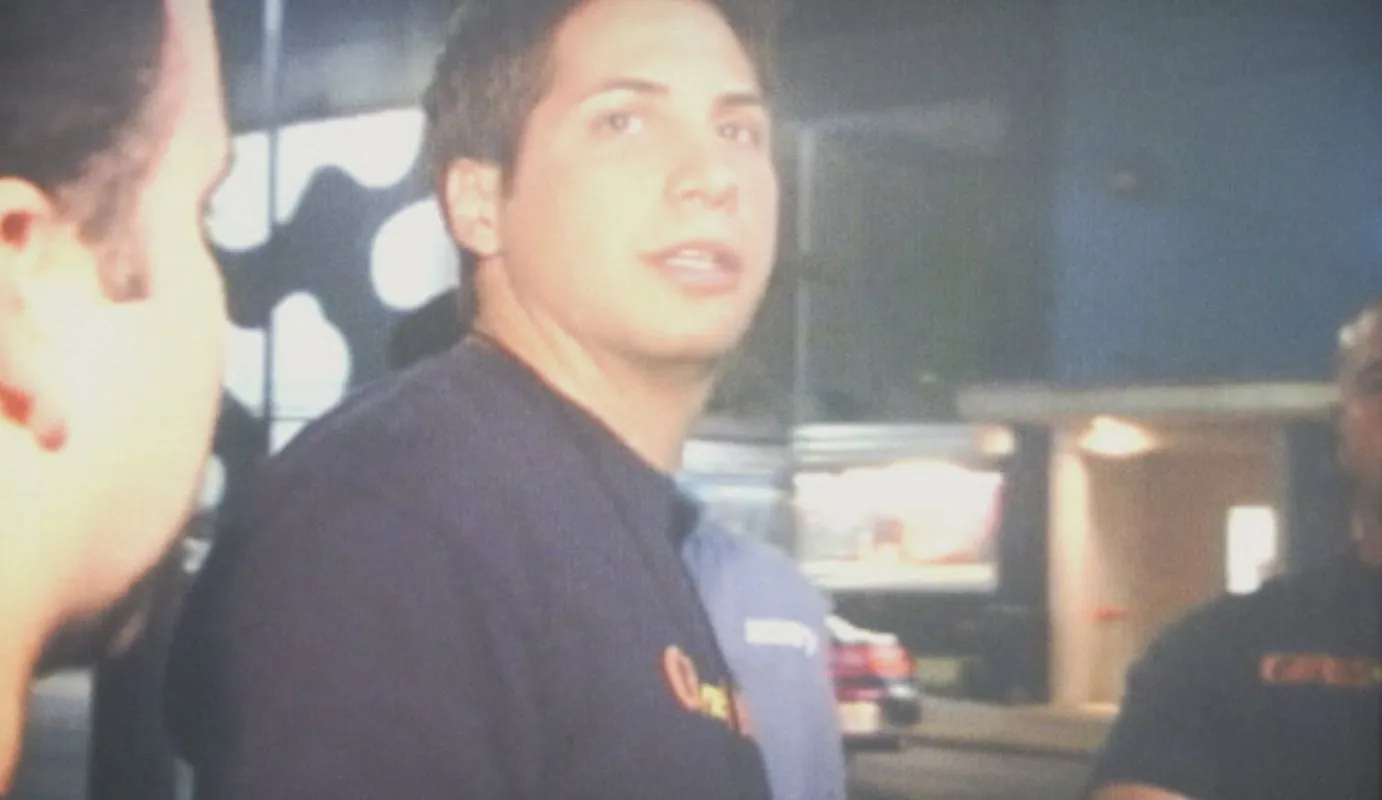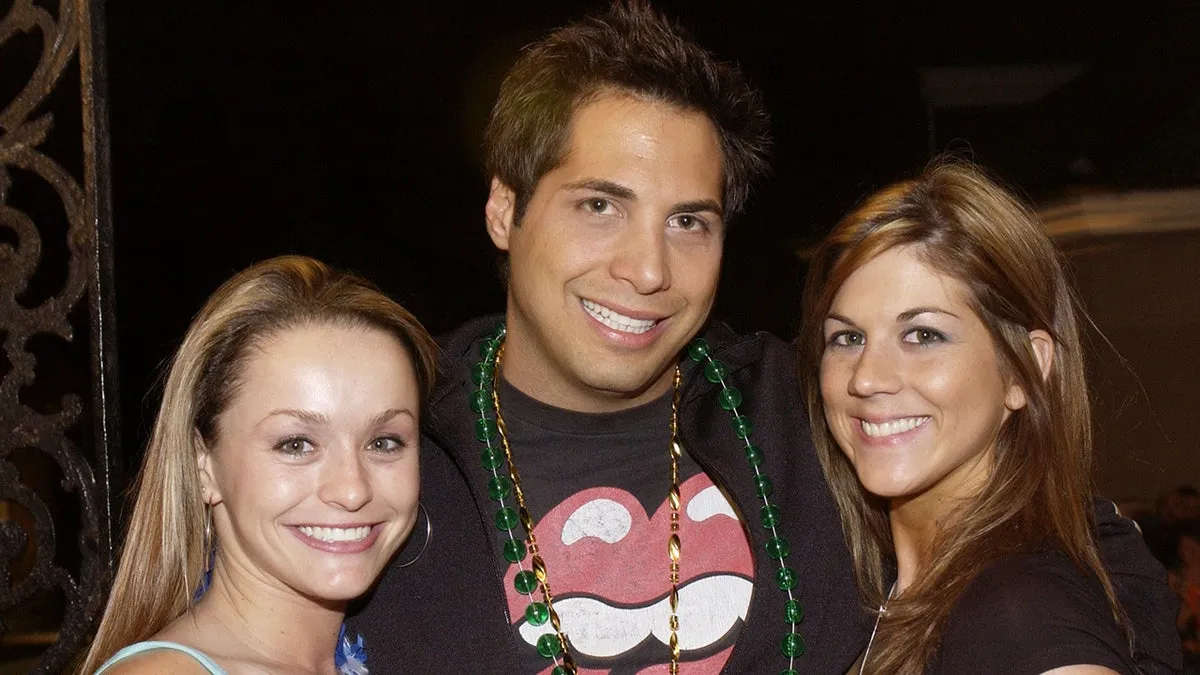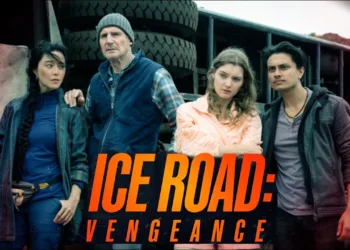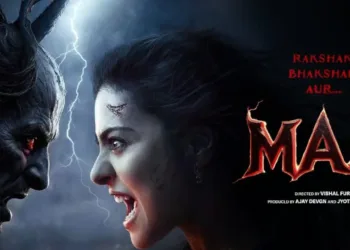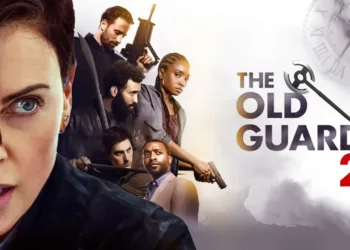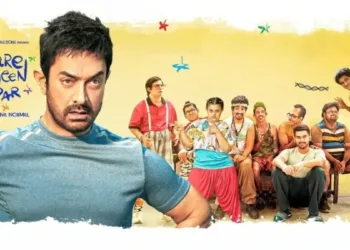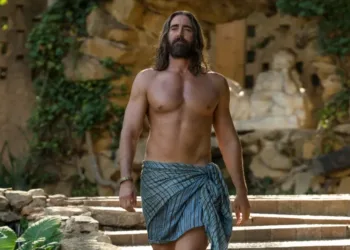Girls Gone Wild: The Untold Story Season 1 stands as a three-part docuseries on Peacock that examines the rise and decline of a notorious home video series. Directed by Jamila Wignot, the show uses a mix of personal accounts, audio recordings, and archival clips to reveal the creation of a phenomenon that grabbed widespread attention and left a mark on media history.
As someone who appreciates the unconventional narrative shifts found in French New Wave cinema, I find the series’ reliance on candid audio and striking visuals to offer a fresh perspective on familiar events.
Set against the backdrop of Punta Mita, Mexico—where Joe Francis now lives amid ongoing controversy—the series revisits the origins of a concept sparked by spontaneous party scenes and unscripted moments. Early recordings from college celebrations hint at a time when raw, unfiltered expressions of revelry were emerging onto screens nationwide.
The retelling of this story, framed within a period of intense cultural change, serves as a reminder of how media can capture and shape societal moods. Caleb Anderson here, noting that the structure and setting of the series combine to recreate an era marked by bold experimentation and lasting influence on popular media.
The Evolution of Girls Gone Wild & Joe Francis’s Path
Joe Francis found inspiration in the spontaneous energy captured during college parties. Watching students revel on camera, he identified an opportunity to turn raw footage into a product that grabbed attention quickly. The early clips, straightforward in nature, soon evolved into bolder segments that became the basis for an enterprise marked by late-night television ads.
Media personalities like Howard Stern lent their names, helping secure a lucrative audience and transform the project into a multimillion-dollar venture. This initial phase marks a turning point where casual recordings met a smart marketing approach, paving the way for a series that would become a pop culture reference.
Examining Francis’s background reveals a figure propelled by ambition and a willingness to take risks. Starting in the field of reality television, he experimented with ideas that challenged conventional expectations. His approach led to rapid success but also drew significant controversy, particularly after facing legal challenges that included assault charges.
The resulting pressure eventually led him to relocate to Mexico. His profile represents a blend of entrepreneurial drive and contentious decision-making that kept his work in the spotlight. For me, his approach recalls the risk-taking seen in early independent films, where creative freedom often produced surprising outcomes, yet the fallout could be severe.
The method behind the operation centered on capturing genuine moments at on-campus events and during spring breaks. Licensing issues presented obstacles that shaped how the content developed, altering the direction of the enterprise as challenges emerged.
Such strategies stirred discussions within media circles, highlighting changes in the way audiences consume spontaneous and explicit material. For someone with a passion for films that spark thoughtful analysis of cultural trends, this model serves as a clear example of how daring ideas in marketing can mirror shifts in public taste and industry practices.
Production Techniques and Storytelling Approach
The docuseries employs an innovative storytelling method, relying heavily on the extensive audio recordings of Joe Francis, captured during an interview with journalist Scaachi Koul. This narrative choice shapes the entire structure, giving the series an air of investigative journalism and an intimacy that’s challenging to achieve with traditional talking-head interviews.
For someone like myself who’s seen countless documentaries explore similar subjects, it’s refreshing to see a format that steps outside the standard visual structure. The use of Francis’s voice—alone in the frame—allows his words to resonate without distraction. His lack of a visual presence only adds to the sense of separation and complicity.
The series is supported by archival footage and interviews with former employees, as well as women whose lives were irrevocably altered by their participation in GGW. Scaachi Koul’s investigative lens stitches this complex web together, prompting the viewer to reconsider the actions of those involved and the structures that allowed such behavior to flourish.
Visually, Girls Gone Wild: The Untold Story experiments with its medium in ways that are both thoughtful and somewhat disorienting. B-roll footage and text overlays are used extensively, and while this is standard in documentary filmmaking, it’s the pixelation of the explicit content that gives the docuseries its distinctive character. It’s a reminder of the legal and moral issues that this franchise sparked, almost as if to shield viewers from something that, despite being a cultural flashpoint, remains uncomfortable to witness.
The choice to focus heavily on background music—and to pair it with certain editing techniques—creates an almost voyeuristic atmosphere, where you’re simultaneously drawn into the narrative and distanced by the dissonance. This pacing, though, isn’t always smooth. In certain sections, the music feels overwhelming, like a jazz solo too far removed from its harmonic base. This makes for a provocative experience, but also one that occasionally leaves you grasping for clarity amidst the visual noise. It’s an interesting reflection of the chaotic nature of GGW itself—a product that emerged from the interplay of commodification and exploitation.
Jamila Wignot’s direction gives the series an emotional depth that’s not often found in other docuseries about sensationalized topics. The pacing is slow, reflective, and yet the content is undeniably provocative. There’s a rhythm to the way the series builds, moving between hard-hitting archival footage and the interviews that deconstruct the mythos of GGW.
Wignot’s ability to balance the emotional intensity of the subject matter with a cool-headed, investigative eye is compelling—she doesn’t sensationalize the material but instead allows it to speak for itself. The integration of both archival and contemporary footage works particularly well here, giving viewers a sense of continuity while simultaneously forcing them to consider how far we’ve come since the height of GGW’s popularity.
For me, it has a similar effect to some of my favorite directors like Godard, who often used the past as a mirror to the present, encouraging reflection. In this docuseries, the past of GGW is not just revisited but questioned, its legacy left to linger with discomfort and introspection.
Themes of Exploitation, Consent, and Accountability
The docuseries explores the ethical complexities surrounding Girls Gone Wild from the beginning. The series exposes a stark exploitation of young women—many intoxicated, some underage—who were filmed in compromising situations and marketed as entertainment. A gripping juxtaposition emerges between the excitement of youthful rebellion and the cold mechanics of commodification.
The creators, particularly Joe Francis, capitalized on these moments of vulnerability, manipulating the inherent chaos of spring break culture for profit. The critique extends beyond explicit content, examining how that content was sold as a product, with little regard for the lasting consequences on those involved. It presents a portrait of a media culture willing to blur lines for profit, a trend that has since taken new forms across social media platforms.
The most disturbing element of the series is the complicated line of consent. While some participants may have believed they were simply partaking in a hedonistic moment, many were intoxicated or under pressure to perform for the camera. The series reveals how these young women’s agency was often diminished by the circumstances, exposing the inherent coercion built into the GGW model.
These testimonies connect with contemporary concerns about the commodification of sexuality—similar to ethical conversations surrounding platforms like OnlyFans today. The women featured in the docuseries are portrayed as complex individuals who wrestle with their past decisions. It serves as an uncomfortable reminder of how media can shape personal identity without fully informed consent, leaving lasting scars on those who may not fully understand the implications at the time.
Joe Francis’s legal troubles, including assault charges, form a critical part of this docuseries. The narrative explores systemic failures that allowed his brand of exploitation to flourish. The justice system’s inadequacies are examined, particularly in how it responded to the widespread abuse of power in the GGW empire. The docuseries raises questions about individual accountability and the broader cultural acceptance of such content. It reflects on how the media industry, at the time, prioritized profit over taking responsibility for perpetuating harmful practices.
Societal Impact and Cultural Legacy
Girls Gone Wild significantly influenced the media landscape of its time. The franchise played a critical role in the rise of reality TV and established foundations for the self-made celebrity culture now dominating social media.
Platforms like OnlyFans, where users monetize their own content, draw heavily from the marketing and production strategies employed by GGW. The relentless pursuit of viral content, often crossing ethical lines, became a template for the more sensational aspects of digital entertainment.
The way GGW marketed itself through late-night infomercials feels strikingly familiar when considering how influencers now use social media platforms to build careers, often mixing entertainment with exploitation. GGW emerges as a clear predecessor to the culture it helped create.
Revisiting Girls Gone Wild creates a complex emotional landscape—blending nostalgia for a time when provocative content felt novel, and shock at how much we’ve normalized it since. The series compels us to confront past cultural norms that now seem almost cartoonish in their audacity.
GGW represents a moment when sexual content’s public consumption reached extreme limits. The docuseries sharply reminds viewers how the concept of consent was frequently obscured in this environment. Watching it today becomes an analytical moment—an opportunity to critically examine our progress in understanding exploitation, especially regarding women’s autonomy in media. The narrative prompts challenging questions about our past consumption patterns.
Conclusion and Reflective Summary
Girls Gone Wild: The Untold Story explores Joe Francis’s controversial empire, tracing its path from late-night infomercials to its collapse amid legal challenges. The docuseries presents Francis’s journey through archival footage and candid audio interviews, illuminating the brand’s development and the exploitation at its core.
The narrative deconstructs the GGW phenomenon while offering an unvarnished examination of media industry ethics. The series scrutinizes the complex relationship between consent and accountability, exposing how a culture of sensationalism and exploitation grew and persisted.
The series serves as a compelling critique of entertainment’s darker dimensions, revealing the intricate connections between fame, exploitation, and media manipulation. Girls Gone Wild emerges as a critical lens through which we can examine societal shifts and media evolution.
The documentary probes the delicate balance between entertainment and ethical responsibility, challenging viewers to consider the boundaries of self-expression and exploitation in media representation.
The Review
Girls Gone Wild: The Untold Story
Girls Gone Wild: The Untold Story offers a compelling, unflinching look at the rise and fall of a media empire built on exploitation. Its thoughtful exploration of consent, accountability, and cultural impact forces viewers to confront uncomfortable truths about the intersection of fame and morality in the media landscape. The docuseries excels in narrative structure and production, though its sometimes overwhelming pacing can detract from the overall experience. Nonetheless, it is an essential watch for those interested in understanding how media shapes societal attitudes toward exploitation.
PROS
- In-depth investigation into the rise and impact of Girls Gone Wild.
- Compelling use of archival footage and candid interviews.
- Thoughtful exploration of ethical issues surrounding exploitation and consent.
- Unique narrative structure, utilizing audio recordings to provide intimacy and insight.
CONS
- Somewhat overwhelming pacing due to the heavy use of background music.
- Lack of visual interviews with Joe Francis detracts from his personal presence.















